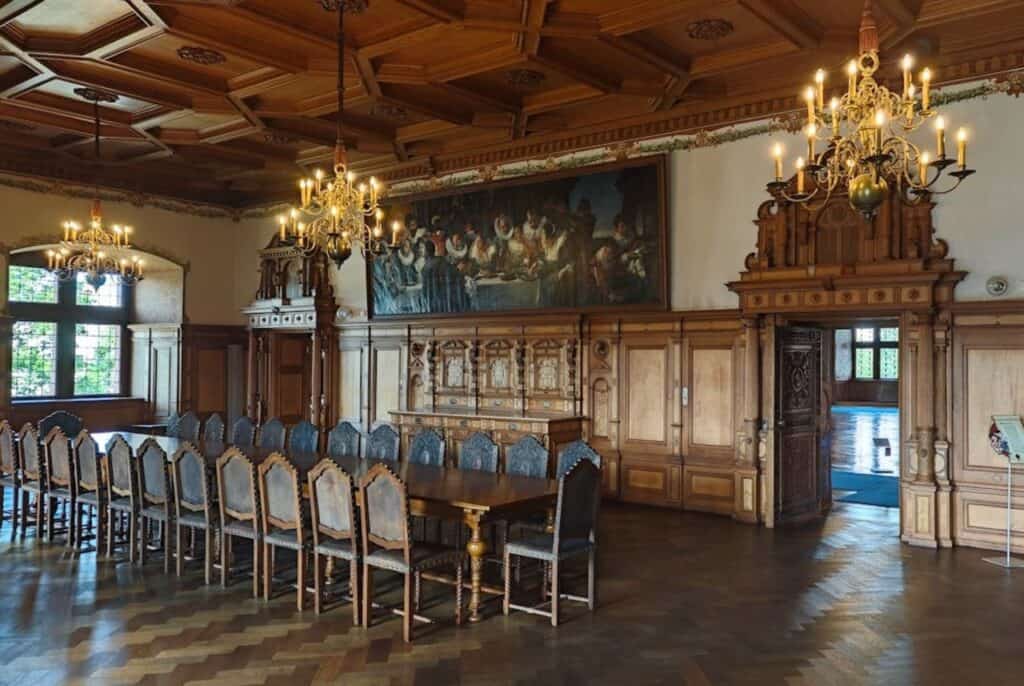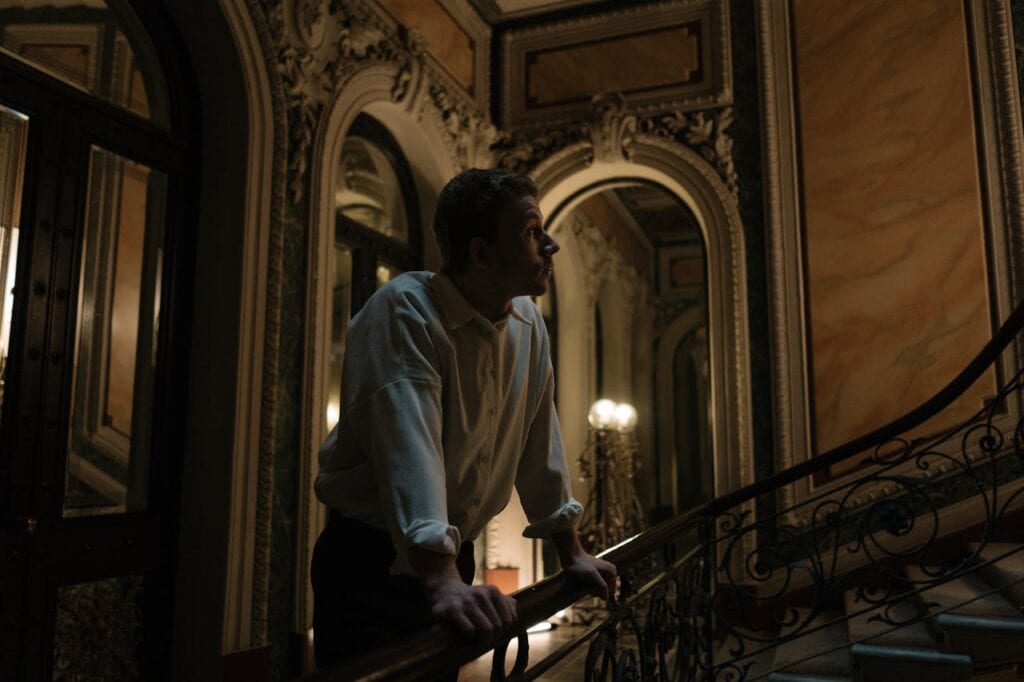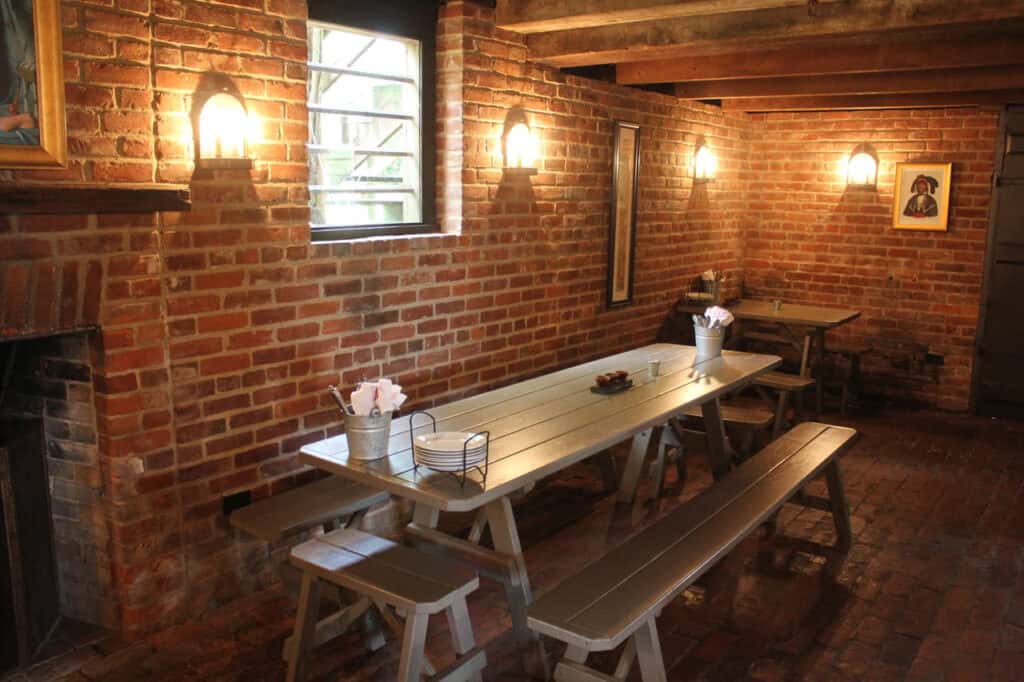We may earn money or products from the companies mentioned in this post. This means if you click on the link and purchase the item, I will receive a small commission at no extra cost to you … you’re just helping re-supply our family’s travel fund.
You walk into an old restaurant, notice the creaking floorboards, the shadows in corners, and faint smells of dishes long gone. Something about those places lingers beyond just flavor and atmosphere.
Over time, stories begin to cluster: lights that flicker without reason, chairs shifting when no one’s nearby, whispers heard late at night. You might shrug them off, but others swear by them.
What really happens is people bring memories, fears, and hopes into these spaces. The architecture, history, decay all shape how legends take root, especially in dining rooms.
In this article, you’ll explore how old restaurants become haunted legends, why we believe in them, and what they tell us about place, memory, and folklore.
How old dining rooms collect ghosts of memory

What makes a restaurant “haunted” often isn’t just ghosts; it’s memory. Buildings don’t forget. Years of laughter, sorrow, failure, celebrations- they make their mark. That makes people more likely to notice oddness.
The architectural features amplify these stories: creaky stairs, dark corners, mirrors, windowpanes that rattle. When something unexplained happens a crash, a draft, a sound; these features become evidence in people’s minds.
Then there are deaths, disasters, broken relationships. If someone died in the kitchen or a fire destroyed part of the building, stories grow around those events. Even when the details are fuzzy, the emotional weight anchors legends.
Finally, storytelling takes over. Staff pass stories to new employees, locals tell tourists. Over years, the legend gains polish and sometimes diversifies. Multiple versions exist, some more dramatic than others.
Common themes in haunted restaurant lore

Here’s where patterns emerge. You see similar tropes regardless of region or culture. They tell you more about human psychology than actual ghosts (though those are part of the thrill).
Tragedy in the past
Many haunted restaurants were once something else -boarding houses, speakeasies, homes, inns. People died, relationships ended badly, accidents happened. These location-histories give plausibility to haunting claims. Your mind expects something uncanny if someone met a bad end there.
In Moss Beach Distillery, for example, the “Blue Lady” legend ties into multiple past tragedies (love triangles, unhappy marriage, or suicide) during Prohibition.
Golden Lamb Restaurant & Inn has stories of former residents dying, people with unfinished business. It’s not just the building-it’s what happened in it.
Physical features that unsettle
Dim lighting, narrow passages, hidden basements, cellars all these are common in old restaurants. They produce shadow, strange echoes, odd reflections.
Uneven floors, creaking wood, old mirrors can distort sound and sight, leading people to misinterpret normal things as supernatural. When glass shatters or doors slam, people lean into the legend.
Modern interventions (wiring, plumbing, HVAC) in old structures sometimes malfunction. Flicker lights, drafts, cold spots; they may be just bad insulation or wiring, but they feed into ghost stories.
The role of narrative and reputation
Stories told by employees or customers tend to grow. Each retelling adds detail: footsteps, voices, sightings. Often nobody can reliably record or reproduce these events but you don’t need full proof for legend.
Restaurants sometimes lean into their haunted reputation. It becomes part of the ambiance; it draws tourists. The lore becomes part of the business.
Also, once belief is in place, people interpret ambiguous events through that lens. A chair moving, a whisper in the kitchen suddenly, what would be shrugged off elsewhere feels ghostly.
Examples of haunted restaurants (real cases)

Here are some documented places and their stories. You’ll see how the patterns above show up in practice.
Moss Beach Distillery, California
This restaurant was originally a speakeasy in 1927. Legends say the “Blue Lady,” a ghost in blue, haunts the cliffs and building. Several origin stories exist: a heartbroken woman, a love triangle, possibly a suicide.
Paranormal investigators recorded pranks: a ghostly face in a mirror, laughter triggered by sensors. The restaurant even uses its ghost story in its identity.
The Olde Angel Inn, Ontario
Built in the late 1700s, this inn has seen wars, rebuilds, renovations. It’s said to be haunted by Captain Colin Swayze, who tried to visit his true love during war, hid in a barrel in the cellar, and died. Staff report things moving, whistling sounds, doors opening by themselves.
That combination deep history, physical oddities (old beams, cellars), and repeated testimonies makes this story stick.
King’s Tavern, Mississippi
One of the oldest structures in its city, plagued by rumors & ghost sightings. The legend of Madeline, a mistress allegedly murdered, is tied to skeletal remains found hidden in walls. Patrons report baby cries, reflections, objects warming even when empty.
These legends survive because they involve both mystery (the unknown past) and sensory phenomena (sound, sight, touch) that people believe they experienced.
Why you believe – psychological & cultural roots
You may not admit it, but belief in haunted restaurants taps into deeper needs: meaning, connection, wonder.
First, humans are story-makers. When something odd happens, we want to explain it. Ghosts fill gaps.
Second, historic buildings make you feel small and aware of time passing. That heightens sensitivity to what feels uncanny.
Third, culture matters. Some societies more readily accept spirits, ghosts, or the idea of lingering souls. Local folklore, religious ideas, tourism all shape how ghost stories form and stick.
Also, once a place gets reputation, you start to see what you expect. That’s called confirmation bias. If you believe a place is haunted, a gust of wind or flicker of light becomes proof rather than noise.
Conclusion
Haunted restaurant stories don’t require proof. They require history, atmosphere, and human imagination. Old dining rooms collect memory, both joyful and painful. Architecture stores it. Social stories amplify it.
When you dine in such a place, what you’re really tasting includes that layered history, whether you notice it or not. The next time you feel a chill in the air or hear something odd, consider that you might just be brushing up against someone’s unfinished story.
References
Other Blog Posts You Might Enjoy
www.idyllicpursuit.com (Article Sourced Website)
#Haunted #Restaurant #Lore #Dining #Rooms #Local #Legends #Author #Kathy #Haan
